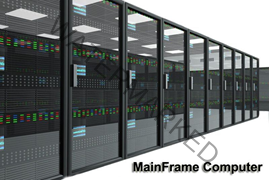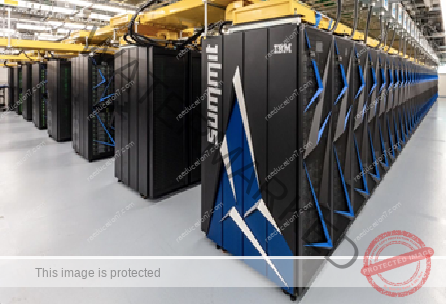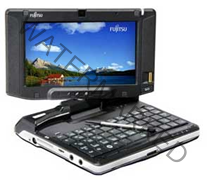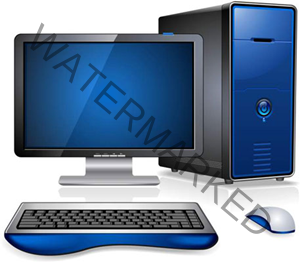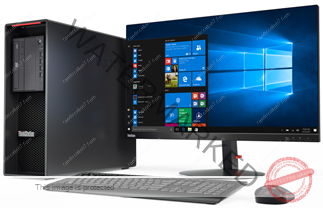Classification of Computers:
- Basically computers can be classified into two main types- Analog and Digital.
- Analog computers solve problems by constantly changing data.
- Computers which tell us the temperature, pressure, voltage are Analog computers.
- Digital computers compute using binary digits (0, 1).
- They recognize the ‘On’ and ‘Off’ stage.
- They are easier to maintain and store data than the Analog ones.
- Another type of computer is Hybrid computer which is a combination of Digital and Analog.
Types of Computers:
There are five types of computer:
- Mainframe Computers
- Super Computers
- Mini Computers
- Personal Computers
- Professional Workstations
Mainframe Computers:
- These computers are used by large organizations for critical applications and huge data processing.
- These are mostly used by the government and large scale businesses.
- They are kept in climate controlled rooms and have multiple operating systems.
Super Computers:
- The highly calculative and extremely intensive tasks are handled by super computers.
- They are capable to process trillions of calculations per second
- They have the best memory capacity among all computers.
- They are used for weather forecasts, quantum physics, space programs etc. where trillions of data is calculated and stored.
Mini Computers:
- Mini computers were very popular during 1970-1980.
- They were used widely by medium and small scale businesses like school offices.
- They were called the third generation computers and took up the space that a refrigerator would take and were useful for storing small amount of data.
Personal Computers:
- With changes in technology and companies like IBM and Apple making entries, computers became personal and people kept desktops and laptops for their personal use.
- Such computers are used for personal works, used in offices and schools for learning process.
Professional Workstations:
With the popularity of personal computers, professional workstations are becoming less necessary.
These needed more power than a PC and were lower in cost. They are still used by scientists, graphic artists, architects etc.


